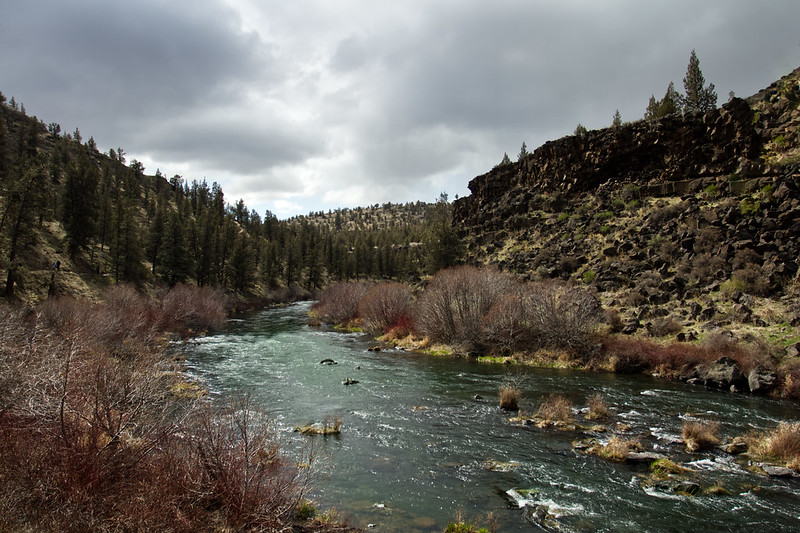Washington’s Wildlife After Dam Removal

Photo: Bonnie Moreland/Flickr
The folks over at Engadget – yes, Engadget – put together a wonderfully enlightening story on the impacts of the Elwha River Dam removal in Washington State. As we’ve documented extensively here are MidCurrent, the removal of the Elwha River dams has been one of the best success stories for conservation in recent memory. It’s the largest dam removal project ever undertaken, although it will be eclipsed by the Klamath River dam removal project once that is complete.
But the removal of dams on the Elwha has allowed native salmon and steelhead to repopulate this important river in Puget Sound, adding a refuge for these fish that are critically endangered throughout most of their native range.
As fly anglers, it’s understandable that most of our focus is on fish species, specifically when talking about dam removal. It’s not just fish that benefit from these projects, however. Dam removal benefits the entire ecosystem, which is the crux of the Engadget piece I mentioned earlier.
The story contains an excerpt from a book by Joe Roman, a conservation biologist at the University of Vermont. Roman’s book explores how interconnected the food web is in the wilderness, and how the removal of a 108-foot tall migration barrier restores balance to that food web.
Roman’s book notes how songbird populations have increased due to more insect availability, which is caused by marine-derived nutrients deposited by dying salmon. Steelhead and bull trout are migrating freely from the ocean to the Elwha River, and a recreational fishery looks like a very real possibility in the near future.
You can read the entirety of the Engadget story here, but remember: stories like this serve as a wonderful reminder of how powerful nature can be if only we’re humble enough to get out of the way.
Orange Rivers in Alaska
PFAS: Forever Chemicals











